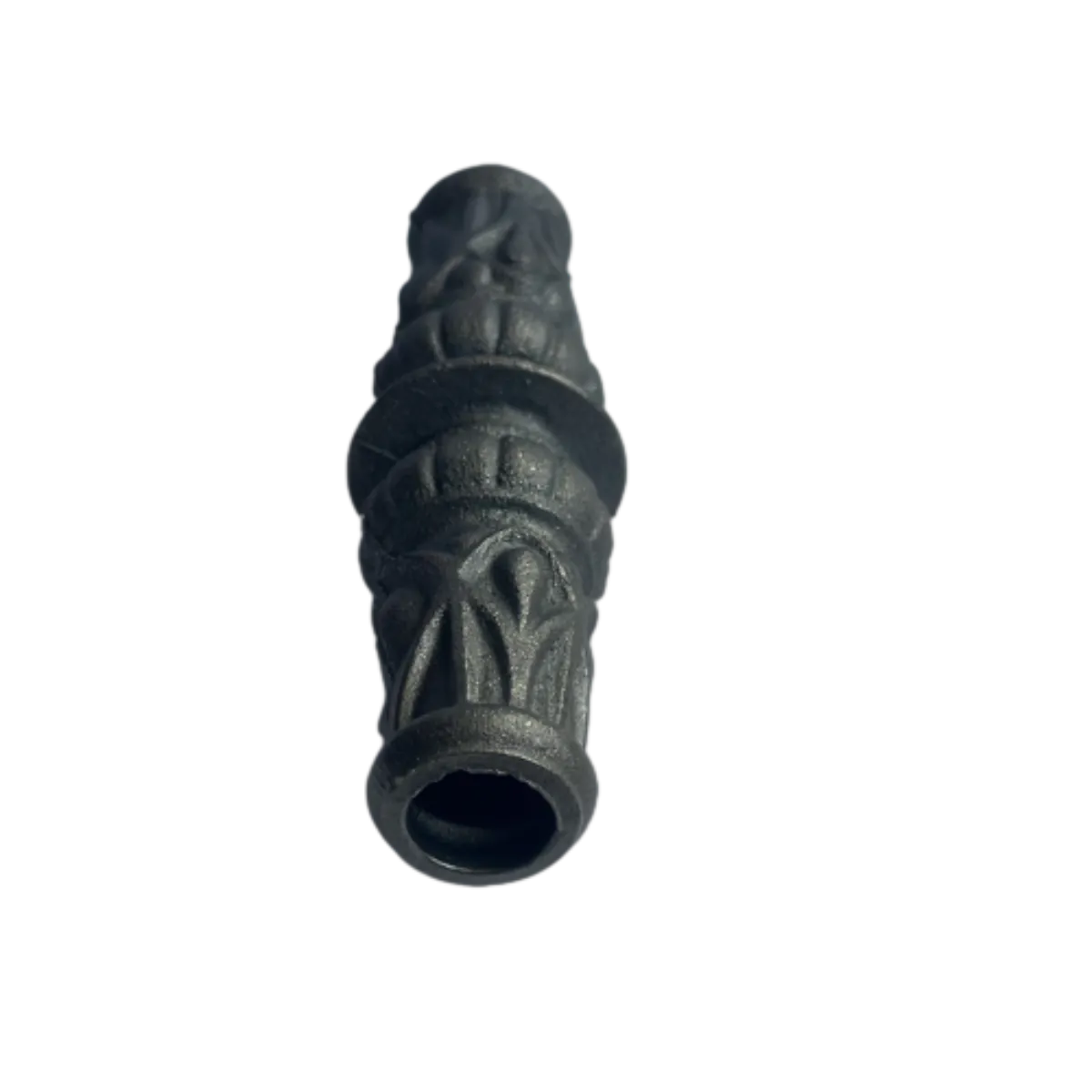How to Adjust the Wheels on Your Screen Door for Smooth Operation
Adjusting Screen Door Wheels A Comprehensive Guide
Screen doors are an essential component of any home, providing ventilation while keeping insects out. However, over time, these doors may experience issues such as misalignment or difficulty in sliding smoothly. One of the common culprits behind such problems is the adjustment of the screen door wheels. This article will guide you through the process of adjusting screen door wheels effectively.
Understanding Screen Door Wheels
Screen doors typically roll on a set of wheels located at the bottom of the door frame. These wheels allow the door to glide open and closed easily. If the wheels are worn out, obstructed, or misaligned, the door may not function properly. Common issues include the door sticking, not closing fully, or being difficult to open.
Tools Needed for Adjustment
Before you begin the adjustment process, gather the following tools 1. Screwdriver (flathead or Phillips, depending on your door) 2. Pliers 3. A level (optional) 4. Lubricant (like WD-40 or silicone spray)
Step-by-Step Guide to Adjusting Screen Door Wheels
Start by examining the screen door for any visible issues. Check if the wheels appear damaged, worn, or dirty. Also, look for any obstructions in the track that might hinder smooth movement.
2. Clean the Tracks and Wheels
Before making adjustments, it’s essential to clean the tracks and wheels. Use a damp cloth to wipe away dirt, debris, and spider webs. If the wheels are particularly dirty, remove them with the appropriate screwdriver and clean them thoroughly.
adjusting screen door wheels

3. Adjust the Wheel Height
Most screen doors come with adjustable wheels. This feature allows you to change the height of the door, thus improving its alignment. Locate the adjustment screw or mechanism on each wheel. Using a screwdriver, turn the screw clockwise to raise the wheel and counterclockwise to lower it. Aim to have the door parallel to the frame for proper alignment. If you have a level, use it to ensure the door hangs evenly.
4. Check for Smooth Operation
Once you've adjusted the wheels, slide the door open and closed a few times. Pay attention to any sticking or resistance. If the door still doesn’t glide smoothly, you may need to readjust the wheels or check for other underlying issues.
5. Lubricate the Moving Parts
If the door is still rough to operate, consider applying lubricant to the wheels and tracks. This will reduce friction and enhance sliding capability. Spray a small amount of lubricant into the wheel mechanisms and along the track, then wipe away any excess with a clean cloth.
6. Make Final Adjustments
After lubricating, perform another test of the door's operation. If it still doesn’t work as desired, you may need to revisit the wheel adjustments or inspect for other issues, such as frame warping or misaligned tracks.
Conclusion
Adjusting the wheels of your screen door is a straightforward yet essential task that can significantly enhance the door's performance. Regular maintenance, including cleaning and lubrication, can prolong the life of your screen door and improve your home’s air quality by ensuring the door operates smoothly. By following the steps outlined above, you can ensure that your screen door remains a functional and effective barrier against insects while allowing fresh air to circulate through your home. With a bit of effort and attention, you can enjoy the benefits of an adjusted screen door for years to come.
-
Wrought Iron Components: Timeless Elegance and Structural StrengthNewsJul.28,2025
-
Window Hardware Essentials: Rollers, Handles, and Locking SolutionsNewsJul.28,2025
-
Small Agricultural Processing Machines: Corn Threshers, Cassava Chippers, Grain Peelers & Chaff CuttersNewsJul.28,2025
-
Sliding Rollers: Smooth, Silent, and Built to LastNewsJul.28,2025
-
Cast Iron Stoves: Timeless Heating with Modern EfficiencyNewsJul.28,2025
-
Cast Iron Pipe and Fitting: Durable, Fire-Resistant Solutions for Plumbing and DrainageNewsJul.28,2025
-
 Wrought Iron Components: Timeless Elegance and Structural StrengthJul-28-2025Wrought Iron Components: Timeless Elegance and Structural Strength
Wrought Iron Components: Timeless Elegance and Structural StrengthJul-28-2025Wrought Iron Components: Timeless Elegance and Structural Strength -
 Window Hardware Essentials: Rollers, Handles, and Locking SolutionsJul-28-2025Window Hardware Essentials: Rollers, Handles, and Locking Solutions
Window Hardware Essentials: Rollers, Handles, and Locking SolutionsJul-28-2025Window Hardware Essentials: Rollers, Handles, and Locking Solutions -
 Small Agricultural Processing Machines: Corn Threshers, Cassava Chippers, Grain Peelers & Chaff CuttersJul-28-2025Small Agricultural Processing Machines: Corn Threshers, Cassava Chippers, Grain Peelers & Chaff Cutters
Small Agricultural Processing Machines: Corn Threshers, Cassava Chippers, Grain Peelers & Chaff CuttersJul-28-2025Small Agricultural Processing Machines: Corn Threshers, Cassava Chippers, Grain Peelers & Chaff Cutters












